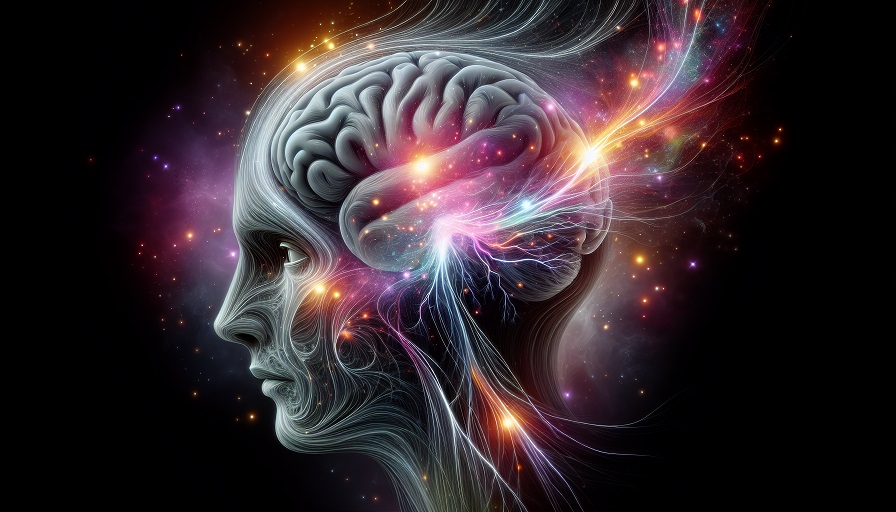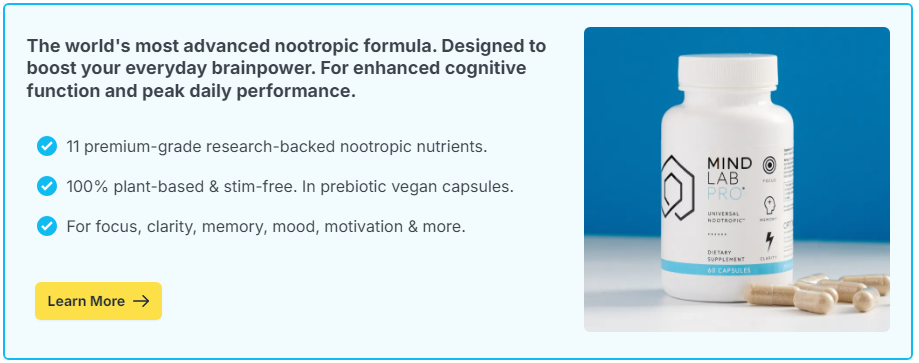
Yes – especially with constant scrolling and notifications. Frequent exposure to rapid, high-stimulus content trains the brain to expect quick rewards, making sustained focus harder. However, moderation and mindful habits can help restore attention control.
Contents
How Social Media Rewires Attention
Each swipe or new post delivers a burst of novelty, which triggers dopamine release – the brain’s reward signal. Over time, this reward loop teaches your brain to crave fast, easy stimulation instead of the slower satisfaction of deep concentration. The result: shorter focus windows and restlessness during demanding tasks.
The Dopamine Cycle Of Distraction
Apps are designed to maximize engagement through variable rewards – similar to slot machines. You never know which post or video will be interesting, so you keep scrolling. This unpredictable reinforcement makes it hard to stop and can dull sensitivity to slower rewards like reading, studying, or working creatively.
Evidence Of Reduced Sustained Attention
Research shows that heavy social media users tend to switch tasks more often and perform worse on sustained attention tests. Even brief digital interruptions – checking a notification or message – can derail focus for minutes. Over time, this constant reorientation raises mental fatigue and lowers productivity.
How To Protect Your Focus
You can enjoy social media without sacrificing attention if you manage timing and context.
- Batch Usage: Check apps 2–3 times a day instead of grazing throughout the day.
- Use Time Limits: Set app timers for 10–15 minute windows to avoid “infinite scroll.”
- Mute Notifications: Disable non-essential alerts to reduce reflexive checking.
- Designate Screen-Free Blocks: Protect the first hour after waking and the hour before bed.
- Single-Task Training: Read a few pages of a book or focus on one small project each day without switching apps – this rebuilds attention stamina.
Understanding Your Attention Threshold
If you find yourself compulsively switching between apps or checking your phone mid-conversation, your baseline focus may already be fragmented. Start by observing how often you reach for your device. Awareness alone can reduce impulsive behavior by re-engaging executive control systems in the prefrontal cortex.
Replacing Micro-Distractions With Micro-Breaks
Instead of doomscrolling during short breaks, replace those moments with low-stimulus recovery activities:
- Look outside for 60 seconds to reset your visual system.
- Take a few slow, deep breaths or stretch your shoulders.
- Walk without your phone for two minutes between work blocks.
These brief pauses restore mental energy without the dopamine spikes that train your brain to expect constant novelty.
Social Media And Cognitive Load
Beyond attention, social media overloads working memory with unrelated information – news headlines, memes, messages, and comments. This noise competes with goal-relevant data, increasing cognitive load and lowering comprehension. Frequent users often report mental “static” even when offline.
Common Mistakes To Avoid
- Multi-App Multitasking: Jumping between apps magnifies distraction. Focus on one platform at a time.
- Scrolling Before Work: Early dopamine hits make later tasks feel dull by comparison. Delay social use until after key work is done.
- Comparative Overload: Constant comparison to others can trigger stress and rumination, further draining attention.
When To Reevaluate Usage
If you experience persistent mental fog, loss of motivation, or anxiety tied to online engagement, consider a 3–7 day detox. Studies show even short breaks can restore focus, improve mood, and recalibrate dopamine balance.
Heavy, frequent social media use shortens attention span by training the brain to crave constant stimulation. Use time limits, mute notifications, and rebuild single-task habits to recover mental clarity and focus endurance.

